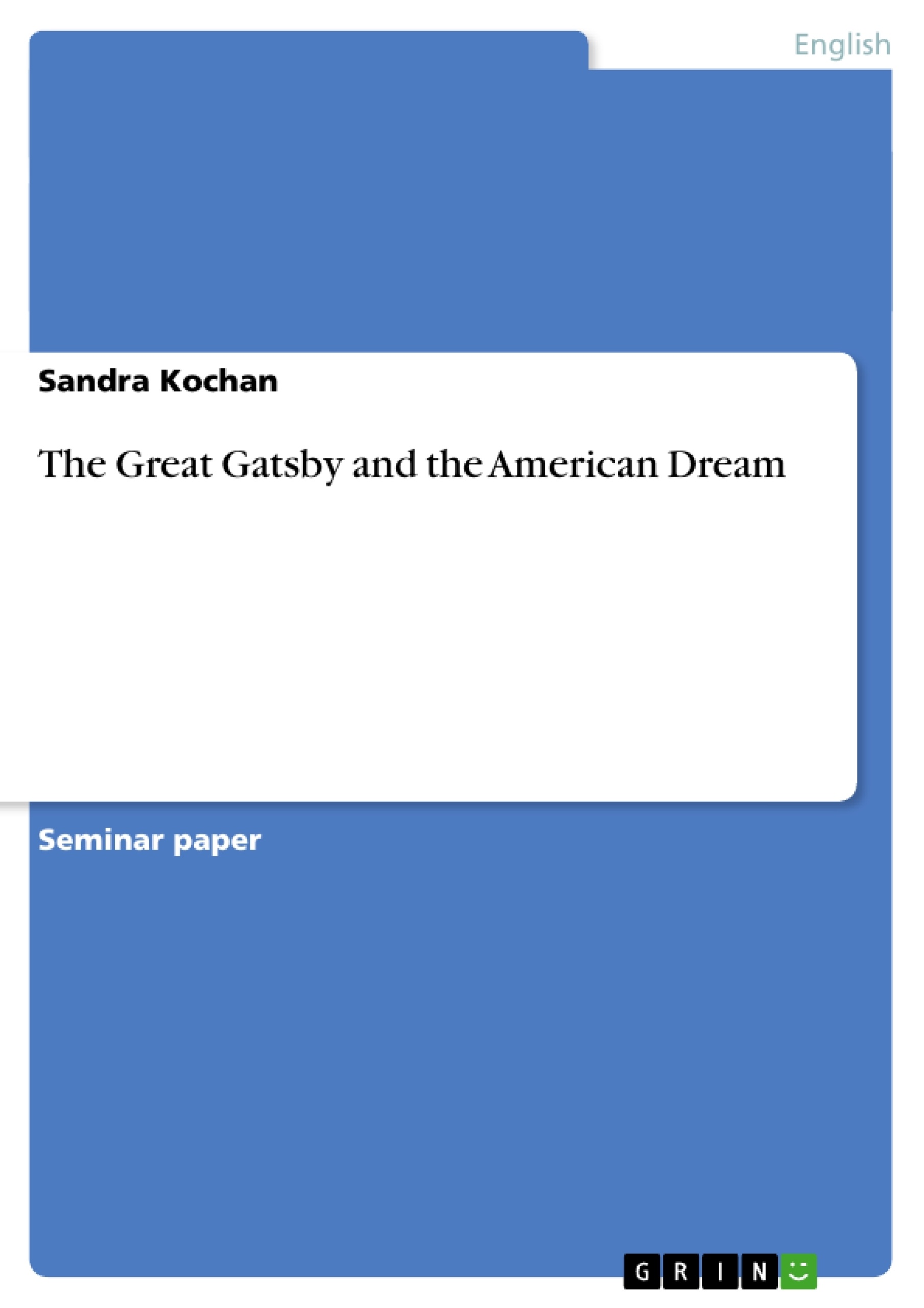Since the end of the Second World War the United States of America has been the most powerful country in the world. American power has included cultural power. Writing or talking about America means invoking the American Dream, which remains a major element of the national identity.
The American Dream encompasses the myth of America: a myth defined by another familiar phrase – the New World. In its origins, America was conceived of as a new world, a new beginning, a second chance. The contrast of course was with Europe – the Old World – characterized by tyranny, corruption, and social divisions. The American Constitution guaranteed all Americans “life, liberty, and the pursuit of happiness.” This is the heart of the American Dream. People believed that the American dream was, from the beginning, part and parcel of American history, culture and language, including the early colonial period. “America was born out of a dream.”
But the American Dream has come to mean at a popular level. It is to go to the West and become a millionaire. The American dream is conceived of in terms of success and of material success in particular: getting rich quick is what it is all about. But in its true sense it has never been limited to material success alone. So what do we actually understand under the term “American Dream” and what is the origin of this phrase? When did it first appear in the language? And how has the phrase itself evolved over time?
Only during the time of political and cultural upheaval could the concept of the American Dream enter the national lexicon. The true origin of the phrase was first mentioned in 1931, by a middlebrow historian James Truslow Adams in his book The Epic of America. In this book, the phrase appears for the first time in the Preface, when Adams refers to the “American dream of a better, richer, and happier life,” adding that “that dream or hope has been present from the start.” In the Epilogue, which was probably written before the Preface, Adams goes into more detail and broadens the scope of the American Dream concept, explaining that the most distinctive gift that America has made to the world is “the American dream, that dream of a land in which life should be better and richer and fuller for every man, with opportunity for each according to his ability or achievement.”
Table of Contents
- Introduction
- "The American Dream"
- "The American Dream": When Was the Phrase Born?
- Francis Scott Fitzgerald and the American Dream
- Francis Scott Fitzgerald: The Great Gatsby
- Characters
- Jay Gatsby.
- Daisy Buchanan – A Promise of Fulfilment
- The Buchanans´.
- Nick Carraway
- The Structure of The Great Gatsby....
- Time
- Narration
- Style
- An Unfulfilled (American) Dream...
- Gatsby's Party.
- Shirts Scene
- Long Island – The Promise of a Better Life
- Fitzgerald's Fable of East and West.
- The Green Light ….…………………………….
- The Eyes of Doctor T. J. Eckleburg..\n
- Dutch Sailors.......
- The Origins and Evolution of the "American Dream"
- Fitzgerald's Perspective on the American Dream
- The Betrayal of the American Dream in a Corrupt Society
- The Role of Class and Illusion in the American Dream
- The Symbolism and Structure of *The Great Gatsby*
Objectives and Key Themes
The paper examines the concept of the American Dream, particularly as it is explored in F. Scott Fitzgerald's novel *The Great Gatsby*. It traces the evolution of the phrase "American Dream" and how it is linked to the myth of America as a land of opportunity and new beginnings. The paper investigates Fitzgerald's unique perspective on the American Dream, considering how it is portrayed through the characters and narrative structure of *The Great Gatsby* and the novel's exploration of the corrupt society of the Jazz Age.
Chapter Summaries
The paper begins with an introduction that establishes the significance of the American Dream as a cultural and national identity. Chapter 2, "The American Dream", explores the historical development of the phrase, referencing James Truslow Adams's *The Epic of America* and the impact of the Great Depression on the perception of the American Dream. Chapter 3 introduces F. Scott Fitzgerald's *The Great Gatsby*, providing a brief overview of the novel and the characters who inhabit it, including Jay Gatsby, Daisy Buchanan, and Nick Carraway. The paper then discusses the structural elements of *The Great Gatsby*, including the themes of time, narration, and style. The paper delves deeper into Gatsby's pursuit of the American Dream, examining his extravagant parties, his desire for Daisy, and the symbolic imagery of the green light and the Valley of Ashes.
Keywords
The American Dream, F. Scott Fitzgerald, *The Great Gatsby*, The Jazz Age, Illusion, Reality, Class, Materialism, Corruption, Symbolism, East Egg, West Egg, The Green Light, The Valley of Ashes, Nick Carraway, Jay Gatsby, Daisy Buchanan.
- Quote paper
- Sandra Kochan (Author), 2007, The Great Gatsby and the American Dream, Munich, GRIN Verlag, https://www.grin.com/document/70752




